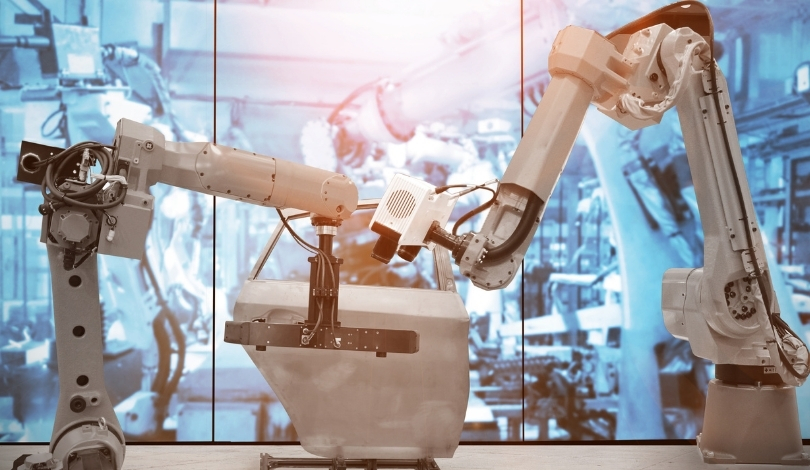Intuitive has introduced new software capabilities for its da Vinci 5 surgical robot, aiming to provide surgeons with detailed, real-time feedback during operations. These enhancements bring a range of features, such as Force Gauge and in-console video replay, directly into the operating room, offering a blend of increased data visibility and efficiency for hospital teams. Surgeons anticipate greater awareness and potentially improved patient results, while the new updates also signal Intuitive’s intent to keep its flagship platform competitive in the maturing market for robotic-assisted surgery. As more medical centers integrate advanced robots into their procedures, the industry looks closely at how such tools impact surgical workflow and safety.
Developments surrounding Intuitive’s da Vinci systems have been under scrutiny for several years as the company maintains a strong hold in the healthcare robotics sector. Earlier models, such as the da Vinci Xi, lacked the advanced data processing power now seen in the da Vinci 5, which supports these recent software improvements. Recent coverage has pointed to recurring calls from clinicians for better intraoperative feedback and streamlined updates, which the new features address in a concrete fashion. The integration of cloud-enabled updating and force feedback also aligns with a broader trend within surgical robotics toward continuous device enhancement and immediate data use in the operating room.
What Enhancements Arrive With da Vinci 5?
The da Vinci 5 platform now hosts Force Gauge, a visual indicator resembling a speedometer that displays the force exerted by surgical instruments in real time. This function shows precise measurements, extending up to 6.5 Newtons, allowing surgeons to monitor tissue manipulation within safer parameters. Alongside Force Gauge, the in-console video replay functionality lets surgeons review procedure moments instantly, crowding less cognitive space during critical tasks and potentially supporting teaching and collaboration in multi-console settings.
How Do Surgeons and Hospitals Benefit?
The immediate feedback from both force and video tools is expected to support decision-making, improve technique refinement, and contribute to safer, more efficient procedures for both new and experienced surgeons. Dr. Andrea Pakula, who oversees robotic surgery at Adventist Health, observed that Force Gauge provides “immediate feedback and adds another layer of information to allow us to further refine our technique.” Intuitive, in presenting these updates, highlights its ongoing product strategy:
“The expanded computing power of da Vinci 5 offers an opportunity to continuously optimize and extend platform performance capabilities through sequential software releases,”
CEO Dave Rosa stated.
Why Are Remote Updates Significant?
Remote software delivery through Network CCM marks an important development in how Intuitive manages feature rollouts. Hospitals can now access new capabilities, like Force Gauge and in-console video replay, without complicated manual installations or operational downtime. The company underlines this approach as a step toward anticipating and meeting the needs of their surgical teams, with the intent to,
“help surgeons and care teams to optimize efficiencies, deliver improved patient outcomes, and ultimately lower the total cost of care.”
Routine enhancement through software keeps systems current and may reduce training overhead as interface changes can be pushed seamlessly across healthcare networks.
The consistent updates for the da Vinci 5 reflect an industry-wide movement toward software-driven medical devices. Real-time data feedback may improve training and intraoperative awareness while also supporting collaborative processes between medical teams. However, as companies pursue rapid software expansion, careful oversight remains necessary to ensure these tools are used responsibly and efficiently. For those in healthcare management, understanding the evolving capabilities of surgical robots like the da Vinci 5 can play a crucial role in decisions about capital investment, staff training, and patient safety. Decision-makers should also watch for compatibility between machines and hospital IT ecosystems, as advanced features increasingly rely on streamlined connectivity and regular updates.










